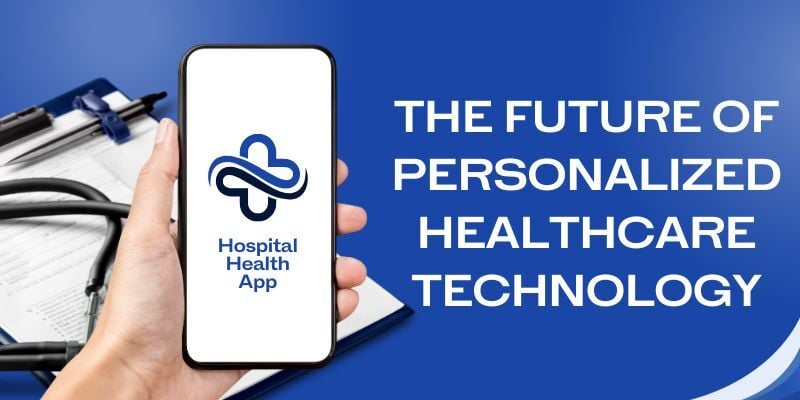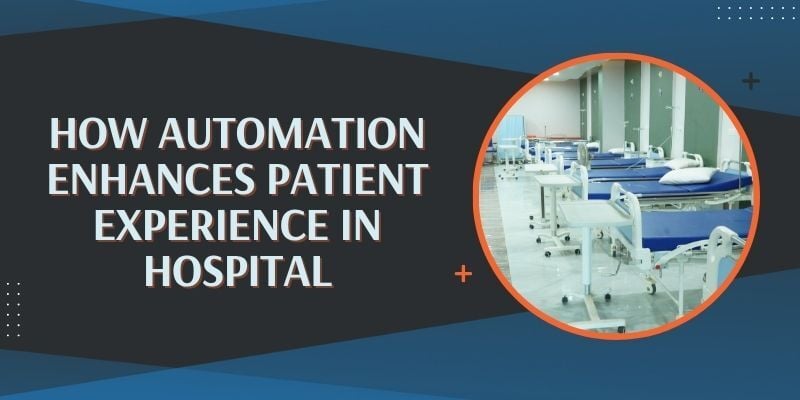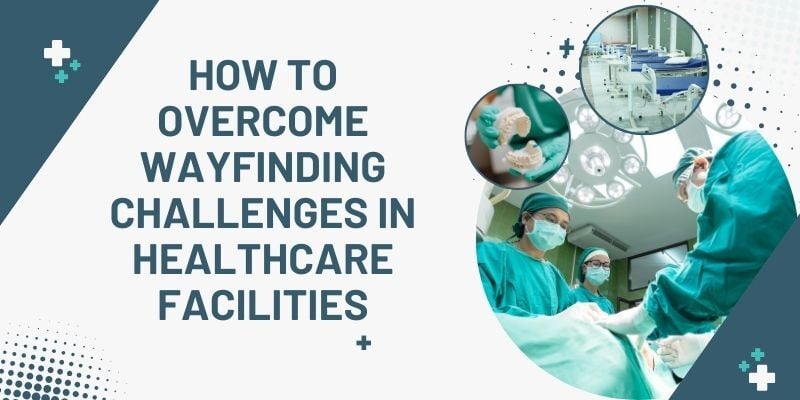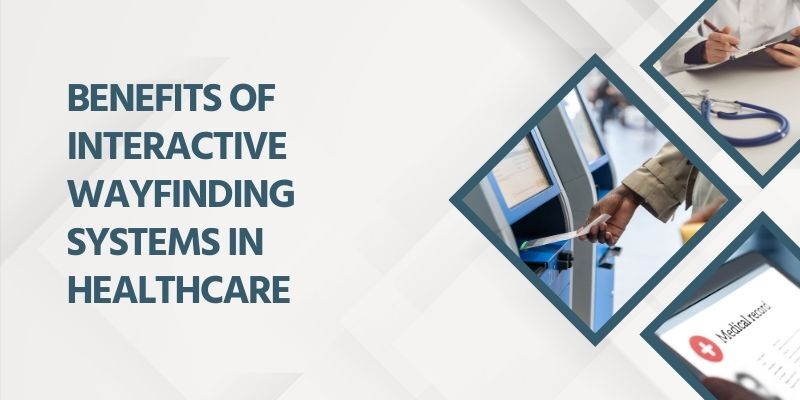Patient flow in hospitals refers to the movement of patients through various stages of care in a hospital or clinic, from admission to discharge. It includes all the processes involved in patient care, including triage, diagnosis, treatment, and follow-up.
Efficient patient flow is not just crucial for delivering quality healthcare, but also for alleviating the workload of healthcare professionals.
It ensures patients receive timely care, decreases wait times, and improves overall hospital efficiency, thereby acknowledging the efforts of our dedicated healthcare professionals.
Hospitals with adjusted patient flow can better manage resources, increase patient satisfaction, and improve clinical outcomes.
Research shows that reducing patient wait times by just 10% can lead to a tangible increase in patient satisfaction and reduced hospital overcrowding.
Hospitals with optimized patient flow can better manage resources, increase patient satisfaction, and improve clinical outcomes.
This article explores the key strategies and best practices for improving hospital patient flow.
We’ll cover a variety of approaches, from implementing triage systems to using cutting-edge virtual queue technology. This focus on technology underscores the role of hospital administrators in driving innovation and enhancing patient flow efficiency.
8 Strategies for Improving Patient Flow
The following strategies aim to help hospitals and clinics improve patient flow, leading to a better patient experience and more efficient resource management.
Each strategy addresses a specific aspect of the patient flow process, providing a comprehensive approach to improving hospital operations.
- Implementing Triage Systems
- Streamlining Admission Processes
- Enhancing Discharge Procedures
- Optimizing Resource Allocation
- Implement Queue Management System
- Leverage The Benefit of The Virtual Queue System.
- Offer Online Appointment System
- Implementing Rapid Response Teams
1. Implementing Triage Systems
A well-organized triage system is a foundational element for improving hospital patient flow. Triage involves assessing the severity of patients’ conditions upon arrival, allowing hospitals to prioritize care based on urgency.
Effective triage reduces unnecessary delays and ensures that critical cases receive immediate attention.
A common approach to triage is to assign patients into categories based on the urgency of their condition. This categorization allows healthcare workers to manage patient flow more effectively.
For example, a patient with a life-threatening condition is immediately taken to the emergency department, while those with minor ailments are directed to appropriate care pathways.
Hospitals can align patient flow by implementing triage systems. This approach ensures that resources are used efficiently and patients receive the appropriate level of care. It also helps reduce congestion in emergency departments and waiting rooms.
2. Streamlining Admission Processes

Admission processes can be a significant bottleneck in hospitals, leading to long wait times and patient frustration.
Streamlining admission processes is essential for improving patient flow in hospitals. Hospitals can take several steps to reduce delays and improve the patient experience.
One effective strategy is to use electronic registration systems. This approach allows patients to complete their information electronically, reducing the need for manual paperwork.
Hospitals can also use pre-admission procedures, where patients provide their information beforehand, speeding up the check-in process.
Well-structured and smooth admission processes improve patient flow efficiency and reduce stress for patients and staff.
When patients can quickly complete their admission, they are more likely to have a positive experience, leading to higher satisfaction rates and better patient outcomes.
3. Enhancing Discharge Procedures
An often overlooked aspect of patient flow in hospitals is the discharge process. Delays in discharge can cause significant bottlenecks, affecting bed availability and patient turnover rates.
Improving discharge procedures is a crucial strategy for improving patient flow.
Hospitals can implement discharge checklists to ensure all necessary steps are taken before a patient leaves.
These checklists help healthcare workers coordinate with different departments, guaranteeing that all documentation is complete, medications are provided, and follow-up appointments are scheduled.
Effective communication between healthcare teams and patients is also crucial.
By increasing discharge procedures, hospitals can reduce patient stay length, allowing for more efficient bed turnover.
This approach improves patient flow and boosts patient satisfaction by providing clear instructions for post-discharge care.
4. Optimizing Resource Allocation
Resource allocation is a critical factor in improving patient flow in hospitals. This includes the management of beds, medical equipment, and staff.
Efficient resource allocation can prevent bottlenecks and ensure that patients receive timely care.
Hospitals can use data-driven approaches to improve resource allocation. For example, predictive analytics can help hospitals anticipate patient demand and adjust resource allocation accordingly.
This approach allows hospitals to allocate beds and medical equipment more effectively, reducing delays and improving overall efficiency while managing patient flow.
Cross-training staff is another strategy for adjusting resource allocation. When staff members are trained to perform multiple roles, hospitals have greater flexibility in managing patient flow.
This approach also reduces the risk of understaffing in critical areas, ensuring patient care is maintained.
5. Implement Queue Management Systems

Queue management systems play a crucial role in managing patient flow in hospitals. These systems organize patient wait times and direct them to the appropriate departments, reducing congestion in waiting rooms and common areas.
Hospitals can improve patient flow by providing a more orderly experience by implementing clinic queue management systems.
These systems use electronic displays and notifications to guide patients to the correct locations. This approach reduces confusion and allows hospitals to manage patient traffic more effectively.
Queue management systems can also help hospitals collect data on patient flow patterns, allowing for further improvements.
By analyzing this data, hospitals can identify blocks and make adjustments to improve the overall patient flow process.
6. Leverage the Benefit of the Virtual Queue System
A virtual queue system is an advanced approach to managing hospital patient flow. This system allows patients to join a virtual line and receive notifications when it’s their turn.
This technology reduces physical crowding in waiting rooms, providing patients more flexibility and a more comfortable experience.
Utilizing the virtual queue system’s benefits can improve patient flow by distributing patient visits more evenly throughout the day.
It also allows hospitals to manage patient flow more effectively by reducing staff stress and improving overall organization.
Virtual queue systems can also increase patient satisfaction. Patients who can wait in a more relaxed environment are less likely to feel stressed or impatient.
This contributes to a better overall hospital experience and can lead to improved patient results.
7. Offer Online Appointment Systems
Online appointment systems are an effective way to improve patient flow in hospitals. Hospitals can reduce wait times and better manage resource allocation by allowing patients to schedule visits at their convenience.
This system can also reduce the workload on administrative staff, allowing them to focus on other tasks.
Offering online appointment systems can significantly improve patient satisfaction. Patients appreciate the convenience of scheduling appointments online, and it helps hospitals plan their resources more effectively.
This system also allows hospitals to manage patient flow by distributing appointments daily, reducing overcrowding risk.
Hospitals can integrate online appointment systems with other patient flow management tools, creating a seamless patient experience.
This integration can improve patient flow, leading to a more efficient and organized hospital environment.
8. Implementing Rapid Response Teams

Rapid response teams are specialized units designed to handle emergencies quickly and efficiently.
By having these teams available, hospitals can manage critical situations without disrupting other areas. Implementing rapid response teams is a crucial strategy for improving hospital patient flow.
Rapid response teams consist of experienced healthcare professionals trained to respond to emergencies. These teams can assess situations, provide immediate care, and coordinate with other departments to ensure a smooth response.
Hospitals can minimize delays and maintain efficient patient flow by having a rapid response team in place.
These teams also play a crucial role in improving patient outcomes. By addressing emergencies quickly, rapid response teams can save lives and reduce the risk of complications.
This approach contributes to a more effective and efficient hospital environment, ensuring patient flow remains smooth even in critical situations.
Case Study
Improving Patient Flow at McLeod Health with Wavetec’s UNO-Q System
Wavetec’s UNO-Q system is designed to improve hospital patient flow by adjusting queuing and reducing wait times.
McLeod Health, a primary healthcare provider, implemented UNO-Q across 45 medical centers to boost patient journeys.
UNO-Q is a call-forward queuing system that increases efficiency, allowing patients to navigate single-line queues with reduced wait times and less stress.
The system’s integration with other technologies provides a smooth patient experience, ensuring smoother movement through the hospital.
With a global reach, Wavetec’s solutions are ideal for improving hospital patient satisfaction and overall patient flow.
The system helped McLeod Health to modernize its operations, leading to better patient care and more efficient hospital management.
Conclusion
Improving hospital patient flow requires a comprehensive approach that addresses various aspects of the patient flow process.
By implementing the strategies outlined in this article, hospitals can achieve greater patient flow efficiency, which will lead to improved patient satisfaction and better resource utilization.
Each strategy contributes to a more efficient hospital environment, from effective triage systems to augmented resource allocation.
Technology, such as queue management systems and virtual queues, further develops the patient flow process, providing a more uniform experience for patients and staff.
Hospitals should continue to explore new ways to improve patient flow, focusing on innovative solutions and best practices.
By adopting these strategies, hospitals can create a more patient-friendly environment, leading to better patient outcomes and a more efficient healthcare system.
BOOK A FREE DEMO





